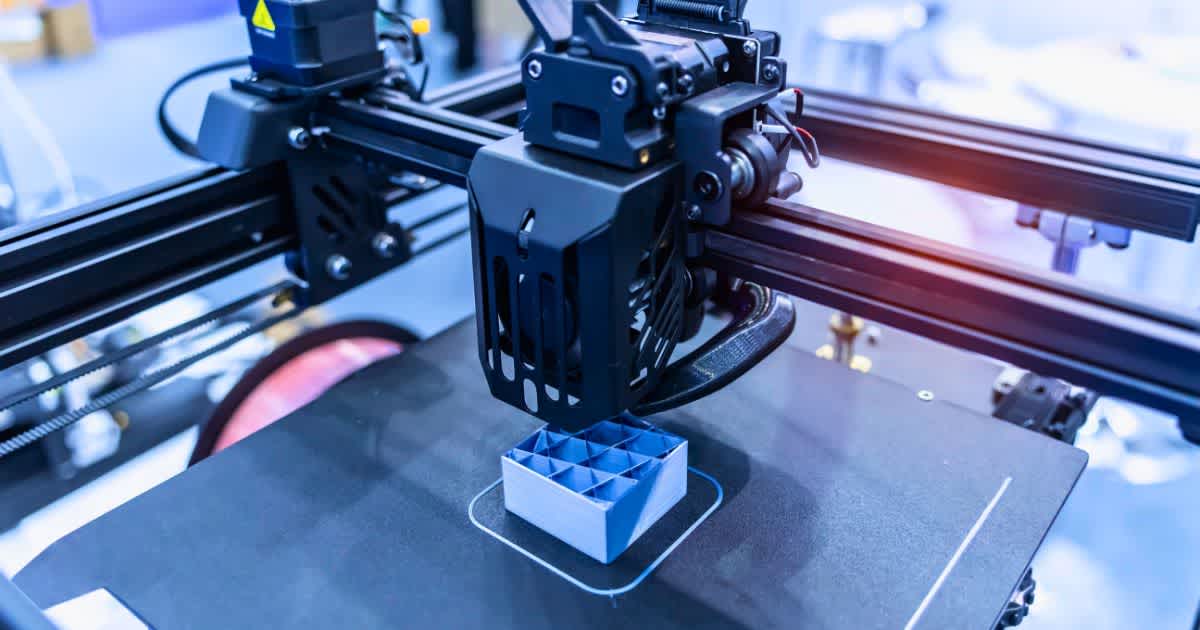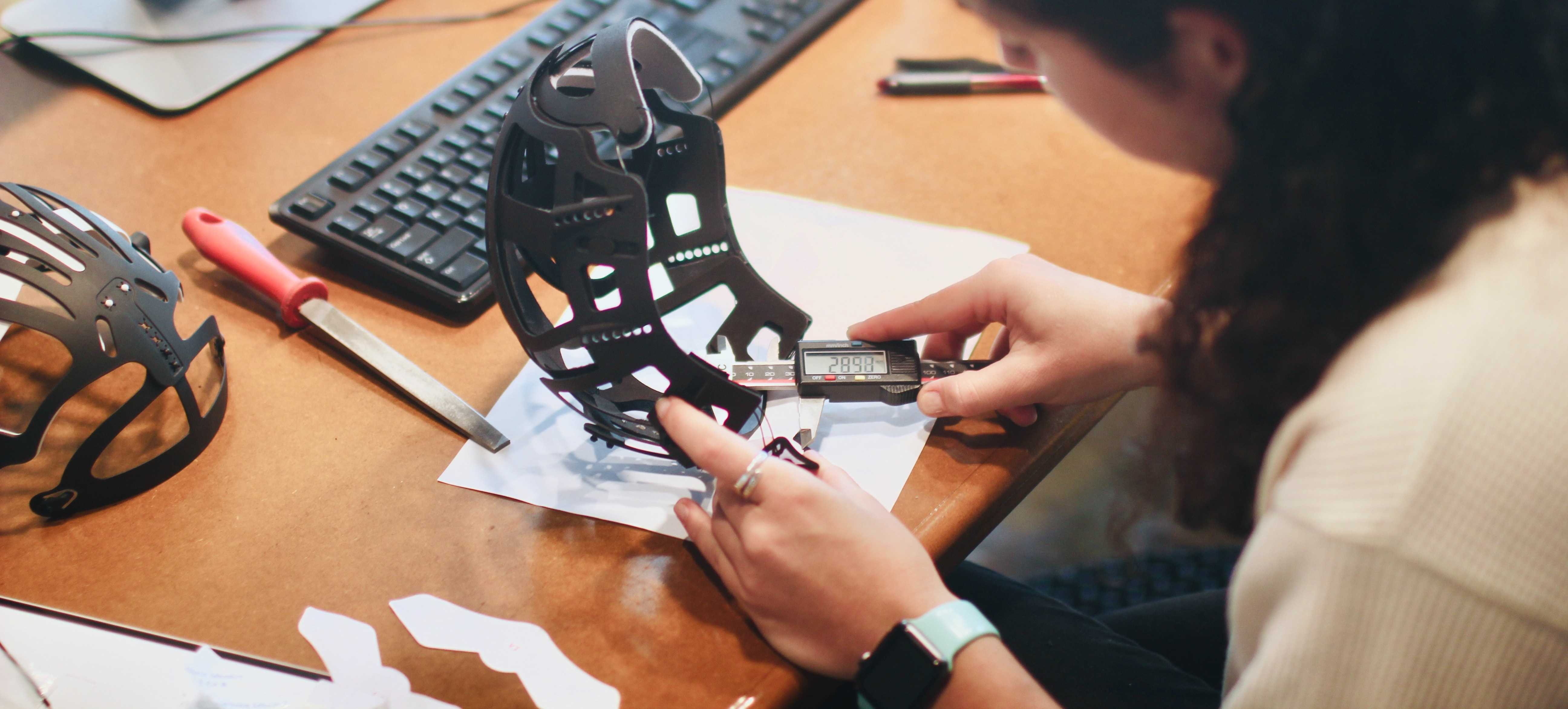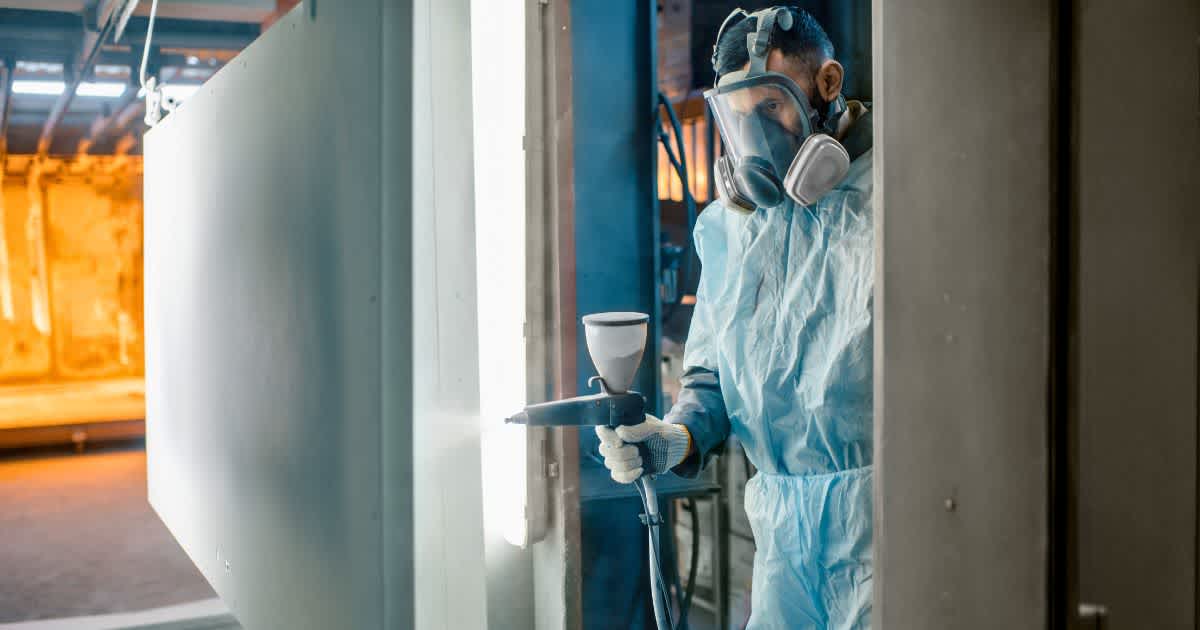Prototyping in product development
Reading Time: 4 min.

In our fast-paced world, the ability to develop products efficiently and error-free is a decisive competitive advantage. Find out how prototyping enables ideas to be visualized, tested and optimized at an early stage.
The new housing for the electronics module has been designed. The CAD data is correct, the dimensions look good. Weeks of development, coordination, approval - and then the first series part comes out of the tool. During assembly, it turns out that it doesn't fit. One millimeter too little clearance. Now the entire housing has to be redesigned and the tool laboriously adapted. The schedule is no longer valid, the budget is blown.
Prototyping is precisely the kind of scenario that can be avoided. A sample produced at an early stage would have made the bottleneck visible before it becomes expensive. Today, prototyping in product development is a key factor for rapid market maturity.
What is prototyping?
Prototyping refers to the process of creating preliminary models of a product in order to test its design, functionality and manufacturability. These models can be physical or digital and are used to gather feedback at an early stage and identify potential problems.
By iteratively improving the prototype, companies can ensure that the end product meets requirements and is marketable. If you want to develop a product, you need to test and optimize at an early stage. Structured prototyping also reduces development risks, saves time and promotes innovation. It also creates the basis for well-founded decisions - even before investing in expensive tools or series production.
8 reasons why prototyping is indispensable
1. detect errors at an early stage
Structured prototyping helps to identify design errors or functional weaknesses before they multiply in series production. This avoids unnecessary correction loops and quality problems.
2. reduce development time
Prototyping is an essential part of the modern product development process. Those who test early can make decisions faster: By validating functionality and design in the prototype phase, many subsequent work steps can be designed more efficiently, which accelerates the path to market maturity.
3. reduce development costs
Structured prototype construction saves money: errors are corrected in good time, unnecessary investments in tools or materials are avoided and the effort involved in change requests is saved.
4. increase product quality
Iterative testing and targeted optimization ensure a mature end product. Quality is not left to chance, but is systematically built up, which creates trust among customers and partners. Quality assurance plays a central role in the prototyping process. Find out more about the acceptance test certificate 3.1 in quality assurance.
5. react flexibly to changes
Prototyping makes product development more agile. You can respond quickly to market impulses or customer requests, test variants and implement adaptations without risking major time or cost losses.
6. actively involve stakeholders
A tangible or visualizable model makes it easier to obtain feedback and align expectations - whether internally within the team or externally with customers. The result is fewer misunderstandings and better decisions.
7. improve communication in the project
A common reference point such as a prototype brings the development department, purchasing, production and external partners into line. Complex requirements can be explained more clearly and evaluated more thoroughly.
8. accelerate innovation processes
Rapid prototyping allows new ideas to be translated directly into tangible results. This not only promotes a culture of innovation within the company, but also gives you an edge over the competition.
Rapid prototyping: speed as a strategy
Rapid prototyping comprises a range of processes that can be used to produce functional prototypes particularly quickly and without the need for complex tooling - often within just a few hours or days. Computer-aided technologies such as 3D printing or CNC machining based on precise CAD data are used.
The result: prototypes that come very close to the later product in terms of form, function and scale. They enable rapid design evaluations, technical tests or early market tests - at low cost and with a high degree of flexibility. Rapid prototyping is therefore more than just a process: It is a strategic approach for more efficient product development.
Prototyping methods at a glance
CNC manufacturing (Computerized Numerical Control)
CNC machining is a subtractive manufacturing process in which workpieces are shaped from a solid block of material - such as aluminum, steel or engineering plastics - by means of precise milling, turning or drilling operations. The process offers clear advantages, particularly in prototyping:
High dimensional accuracy for realistic functional tests
Large variety of materials for realistic prototypes
Short production times for fast development cycles
Injection molding with prototype tools
In injection molding, a thermoplastic material is injected under high pressure into a mould in which it hardens. Special tools, usually made of aluminum, are used for prototype production, which are cheaper and faster to produce than classic series molds made of steel.
High reproducibility even with small quantities
Material fidelity tests under real conditions
Design validation through detailed initial samples for presentations, market tests and approval procedures
3D printing prototyping/ additive manufacturing
3D printing and additive manufacturing enable fast and cost-efficient production of 3D prototypes with complex geometries, which is particularly advantageous for rapid prototyping. This means that 3D printing can be used to create realistic models for tests and presentations. A 3D printed prototype also enables rapid design adjustments. Different processes are used depending on the requirements:
Fused deposition modeling: Robust, inexpensive and ideal for simple components
Stereolithography: Very high level of detail, smooth surfaces
Selective laser sintering: For functional, mechanically resilient prototypes with complex internal structures
Virtual prototyping
Virtual prototyping refers to the use of digital tools such as CAD software (computer-aided design) and simulation tools to design, analyze and optimize products completely virtually before a physical model even exists. Virtual prototyping offers decisive advantages, particularly in the conception and design phase:
Fast iterations without material consumption
Simulation of real conditions, e.g. for load or temperature
Cost- and resource-saving
Seamless further processing into physical prototypes or production data
From prototype to series production - we support you in the next step
Do you have a finished prototype and are about to move on to series production? This is exactly where Line Up comes into play: We manufacture initial samples and near-series sample components - based on your final design and specification.
Our strength lies in the precise implementation of near-production samples as part of series production. Whether material, geometry or color: Our initial samples already meet the requirements of series production and enable realistic testing, validation or approval processes.
If you have completed your product development and are looking for a reliable partner for the next step, we will be happy to support you - with experience, quality and proximity to series production. Contact us now and start the path to series production together.
Newsletter Registration
Sign up now for our free Line Up newsletter and stay up to date.





